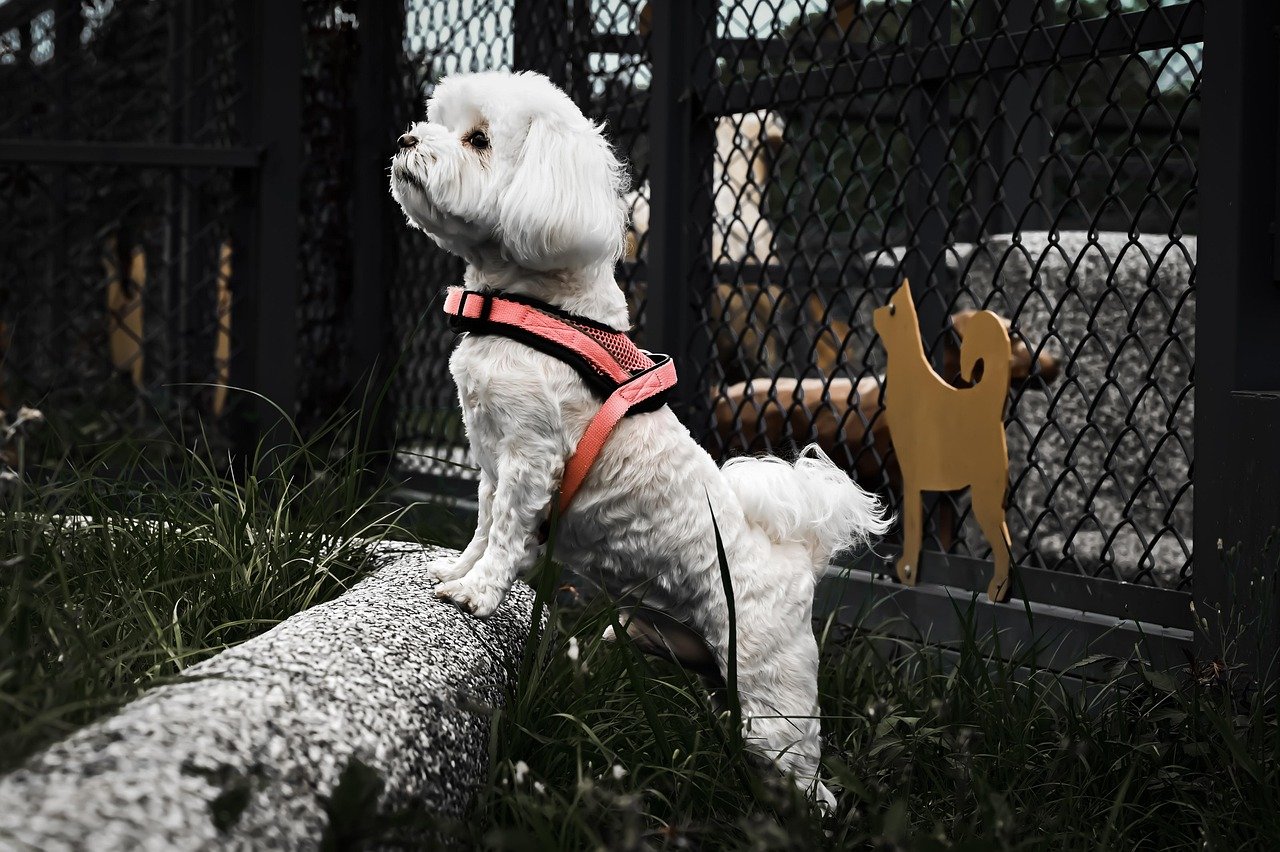Picture coming home after a long day, dreaming of peaceful silence, only to be greeted by what sounds like a canine symphony that never ends. Some dog breeds seem to believe they’re paid by the bark, turning every mailman encounter, squirrel sighting, or mysterious night sound into a vocal performance worthy of an opera house. These chatty companions don’t just communicate – they hold entire conversations with the world around them, whether you want to participate or not.
The Mighty Chihuahua – Napoleon Complex on Four Legs
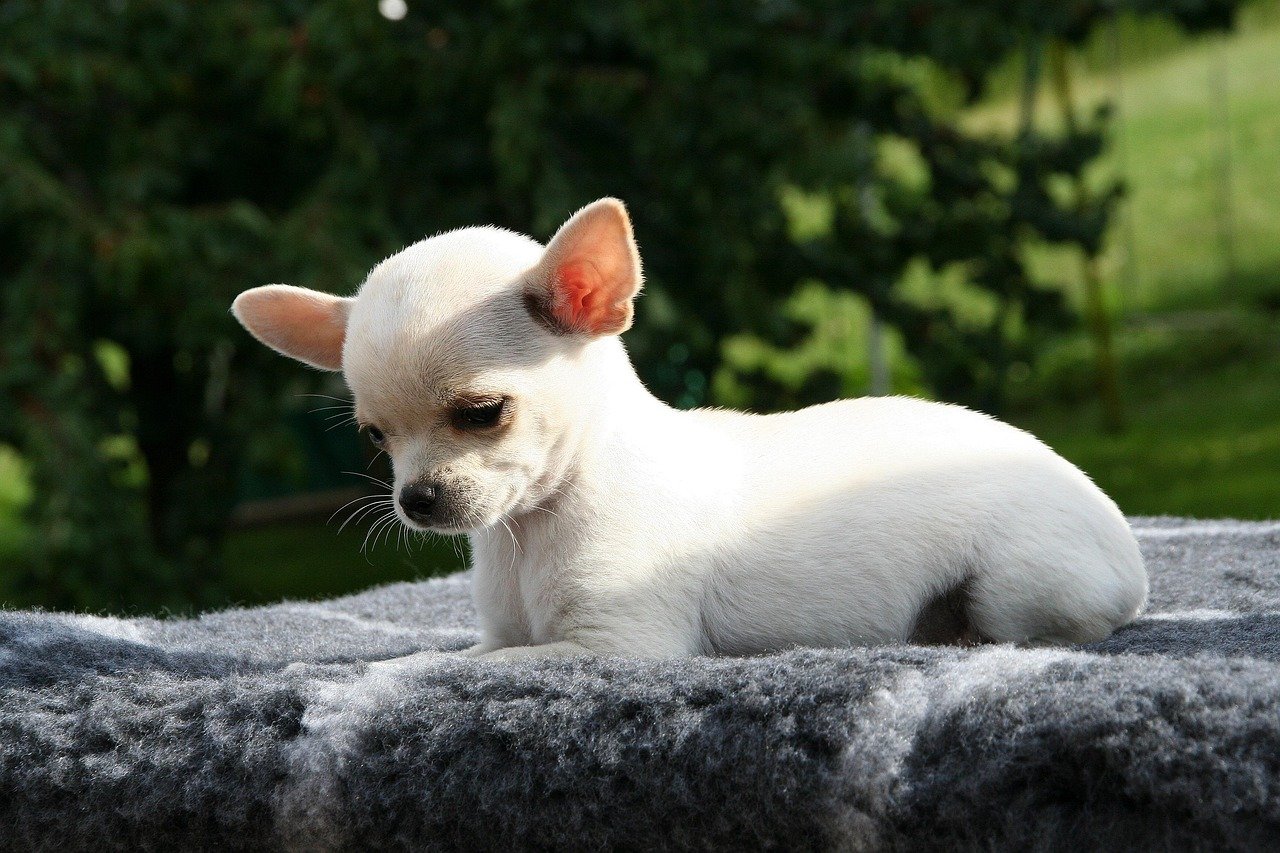
Like the Pomeranian, the Chihuahua has a reputation for having a big personality and being relatively fearless. This breed is known for its yippy bark and bravery in the face of much larger animals. The world’s smallest dog makes up for its lack of stature by making a lot of noise. Don’t be fooled by their pocket-sized appearance – these tiny warriors have mastered the art of compensation through volume.
Chihuahuas may be small in size, but they compensate with a surprisingly robust vocal range. They use their sharp, loud bark to communicate a variety of needs and emotions, often barking at strangers, noises, and other pets. What’s truly remarkable is watching a five-pound dog bark down a German Shepherd with the confidence of a lion. They’ve turned fearlessness into an art form, unfortunately one that involves your eardrums as the canvas.
German Shepherds – The Vocal Protectors
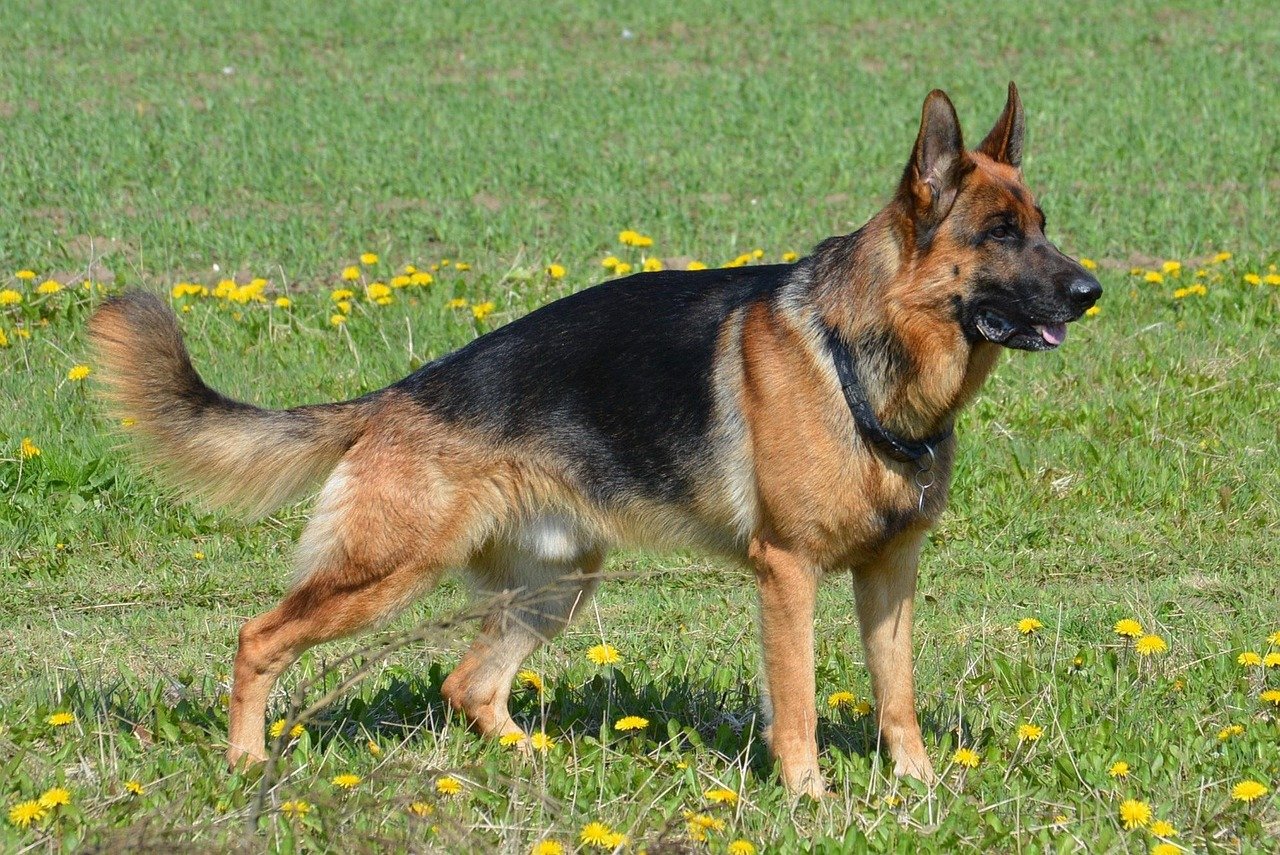
Coming in close second in our ranking of the most vocal dog breeds, the German Shepherd can give the Siberian Husky a run for its money when it comes to having something to say. Although they take their job seriously, whatever it may be, the German Shepherd has a lot of things to say, especially in stressful and exciting situations. These intelligent guardians believe every situation requires their commentary, from the pizza delivery to leaves rustling outside.
German Shepherds are generally more expressive and have a very distinctive loud bark. German Shepherds have a long history of working alongside humans, assisting them in herding livestock and for protection. Their work ethic extends to keeping you informed about absolutely everything happening within a three-block radius. Think of them as your personal news broadcaster, except they never take commercial breaks.
Siberian Huskies – The Drama Queens of the Dog World
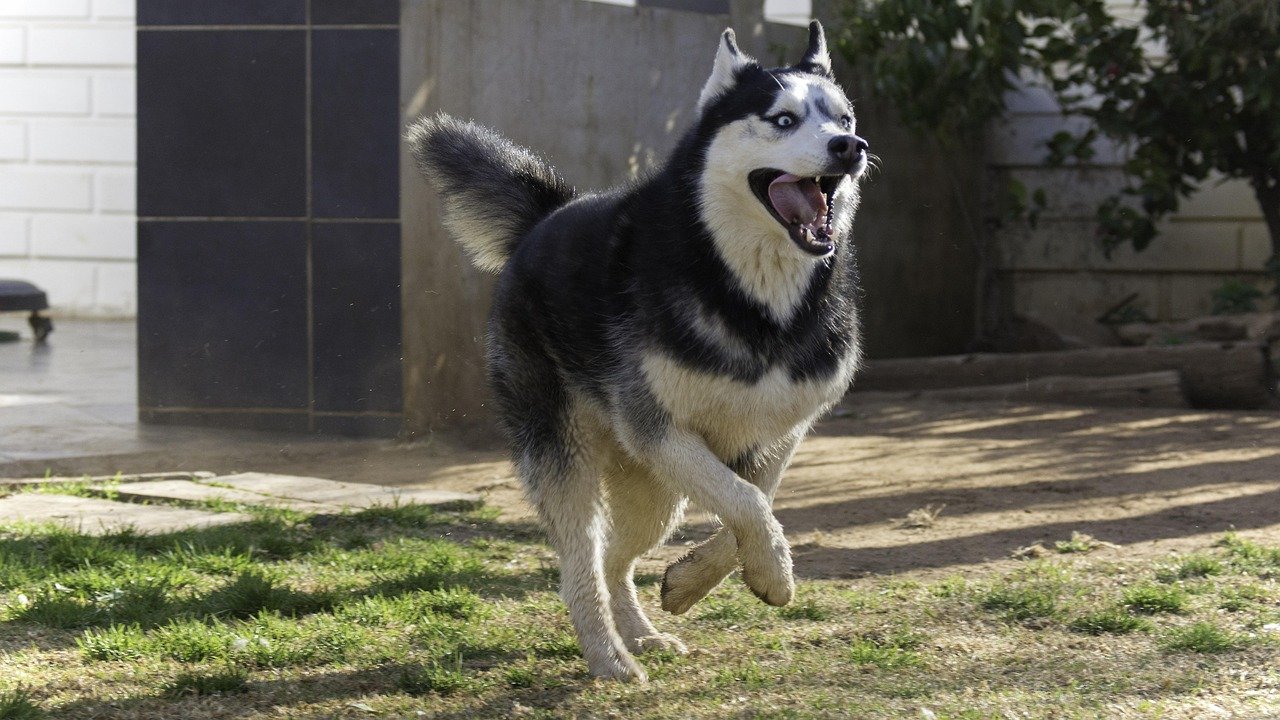
It’s no secret that the Siberian Husky is one of the most vocal dog breeds. You’ve likely seen videos of them online, often singing in unison over the most benign things, like being told it’s time to go to bed. These theatrical performers don’t just bark – they hold full dramatic monologues that would make Shakespeare proud.
Siberian Huskies don’t necessarily bark a lot, but they’re described as a talkative breed. They will whine, howl, groan and ‘talk’ for hours, explains Britt. If you’ve never had a philosophical debate with a Husky about bedtime, you’re missing one of life’s truly surreal experiences. They argue with the passion of a courtroom lawyer defending their client’s innocence.
Beagles – The Neighborhood Town Criers
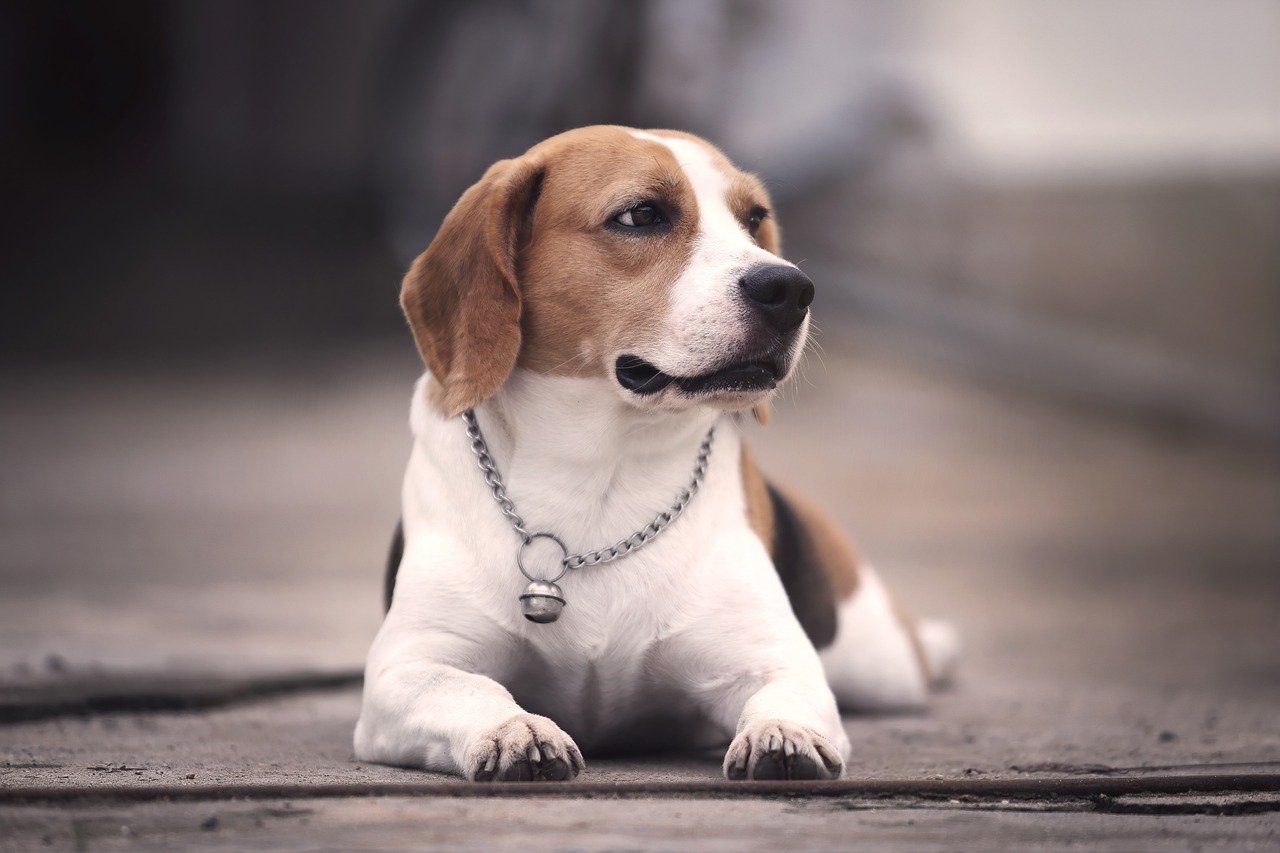
Ladd’s experience with Bailey, a Beagle, involved long howling sessions, a trait common in this breed. “Beagles were bred to hunt in packs and use their howl to communicate with their pack and their human hunters” Their distinctive bay isn’t just noise – it’s centuries of hunting instinct compressed into pure vocal power that travels for miles.
Beagles are hunting hounds who love to use their voice – barking, howling, and baying whenever they catch a scent. Their name even comes from the French word “bégueule,” meaning “loudmouth.” The irony is perfect – they were literally named for being loud. These scent-driven detectives will announce every interesting smell with the enthusiasm of a sports commentator calling a winning touchdown.
Pomeranians – Fluff Balls with Big Opinions
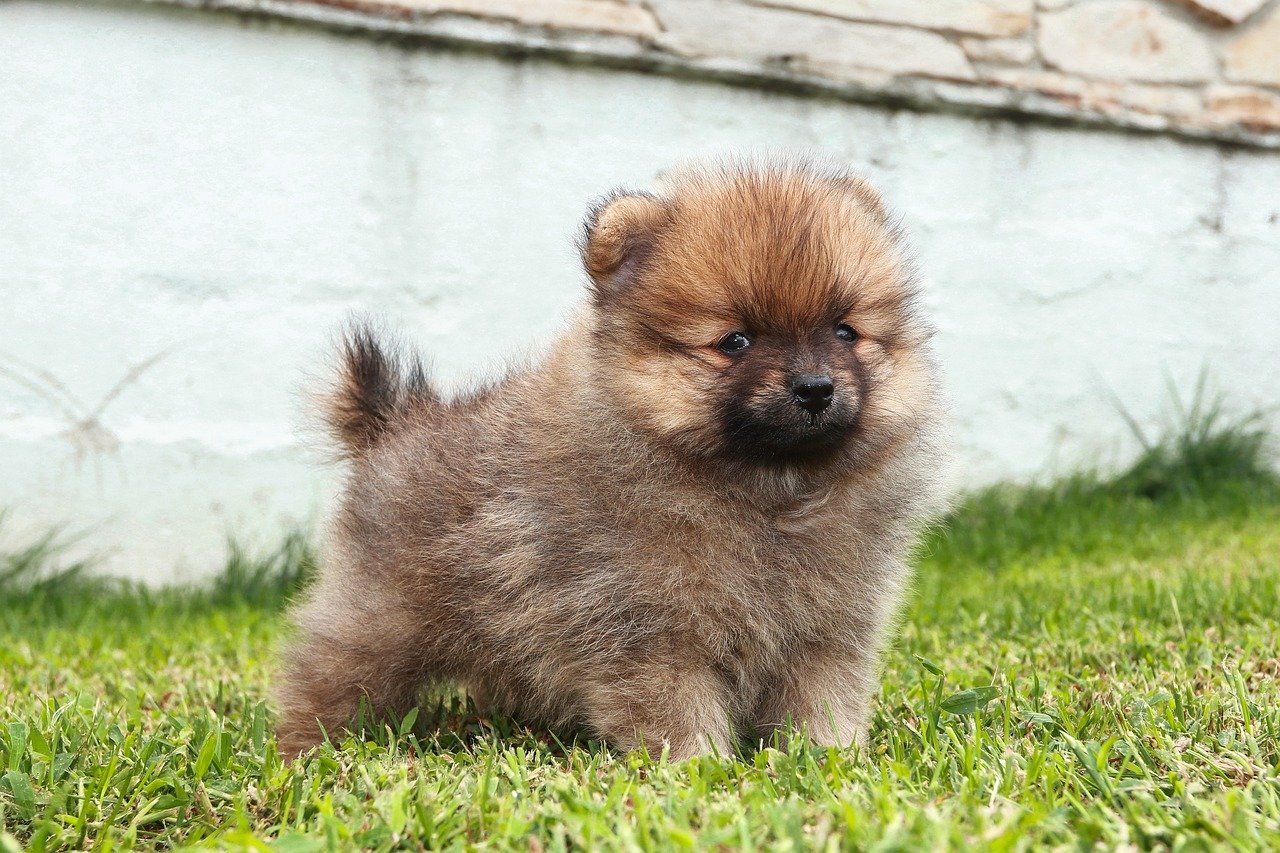
For being known as a yappy dog, the Pomeranian lives up to its reputation. These dogs may be small, but they can be tough and aren’t afraid to bark. They don’t have the most threatening bark, but you can definitely count on a Pomeranian to let you know if trouble is afoot on your property. Their adorable appearance masks the soul of a security guard who takes their job very, very seriously.
Pomeranians have a lively, alert nature and are particularly sensitive to their surroundings, which makes them big barkers. They have an instinct to bark for attention – and they’re pretty good at getting their way. These fluffy alarm systems have perfected the art of cuteness-powered manipulation. One look at their teddy bear faces, and you almost forget they just shattered your eardrums.
Miniature Schnauzers – The Bearded Critics
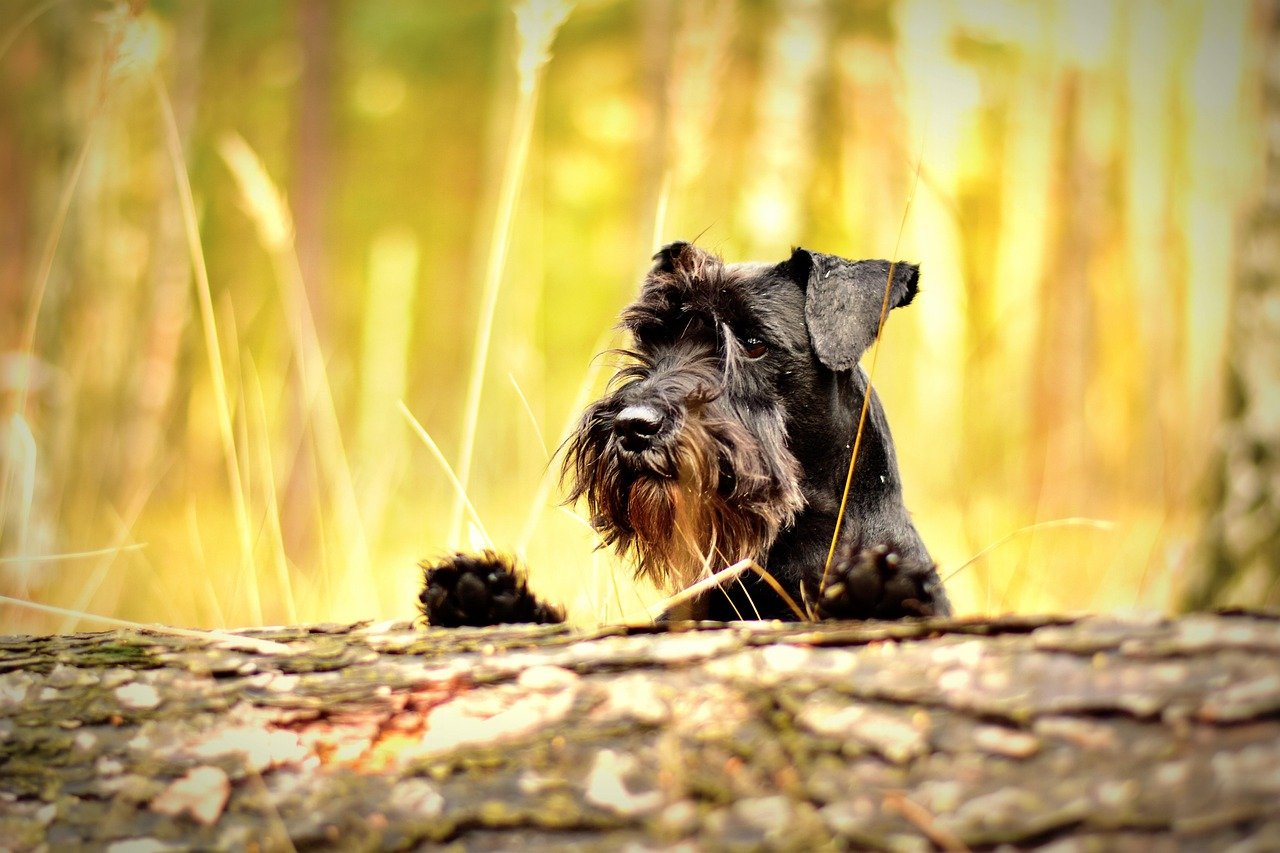
Miniature Schnauzers are known for having a sassy attitude and a tendency to bark at anything and everything. While this can make them good watchdogs, it can also be obnoxious in the wrong setting. While their size makes them suitable for apartment living, you should be prepared to work on training them not to provide running commentary on every aspect of daily life.
With their spunky personality, signature beards, and loud bark, Miniature Schnauzers make great watchdogs with larger-than-life personalities. They love staying busy and are quick learners. Without proper training, exercise, and enrichment, they can (and likely will) bark whenever they see fit. This is especially true if they’re bored or anxious. Their distinguished facial hair gives them an air of wisdom, but their barking habits suggest they never learned when to keep their thoughts to themselves.
Dachshunds – The Sausage Dogs with Supersonic Vocals

The Dachshund is known for its long body, short stubby legs, and yippy bark – it’s also the smallest of the hound breeds. It may be due to its development as a small game hound that makes this breed so noisy – it doesn’t hesitate to sound off loudly at anyone or anything they find remotely suspicious, which apparently includes everything that moves and several things that don’t.
Historically, Dachshunds have been used for hunting rabbits and badgers, so you know they are fearless and not afraid to speak up. And anyone familiar with this breed knows that they sure have a lot to say. With long bodies and short legs, this stout breed requires early training to nip their nuisance barking in the bud. What they lack in height, they make up for in sheer volume and determination to be heard.
Yorkshire Terriers – Tiny Dogs with Massive Attitudes
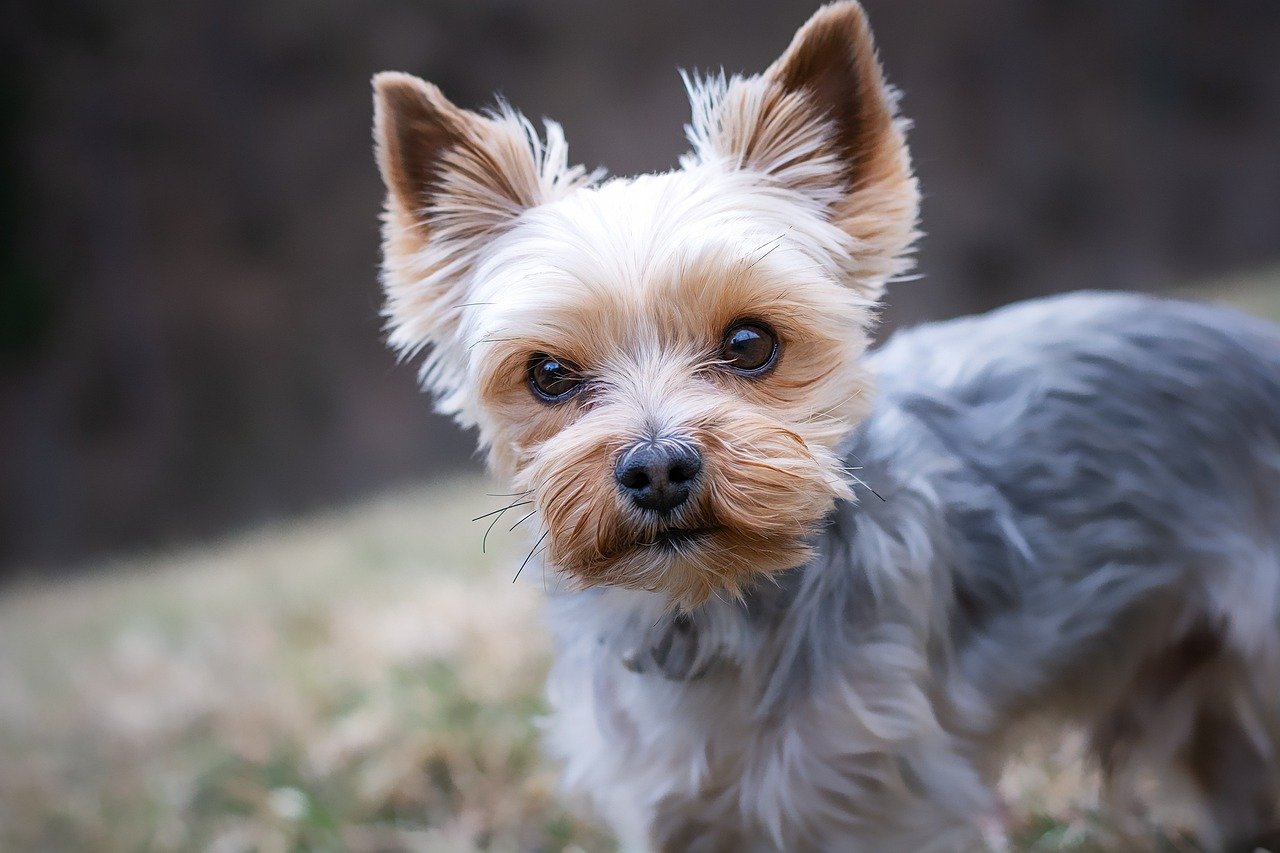
The “Yorkie” is known to bark excessively, in fact, it does fit the stereotype of the little, yappy ankle-biter. With a shrill bark, they always like to make their presence known to keep the unwanteds out of their territory. These little dogs adapt well to apartment living, but they will need socialization and training to curb their nuisance barking. Their silky coats and bow-worthy appearance disguise the fact that they’re basically tiny security guards with anger management issues.
Yorkies seem to have a comment for everything, and they are never shy about sharing their opinions. Their sharp, enthusiastic barks can range from warning you about a potential intruder to loudly announcing that they just spotted a squirrel in the yard. Even the smallest movement outside their territory can prompt a lively “discussion,” ensuring you’re always up-to-date on their observations. They’ve appointed themselves as neighborhood watch captains without anyone’s permission.
Basset Hounds – The Deep-Voiced Howlers
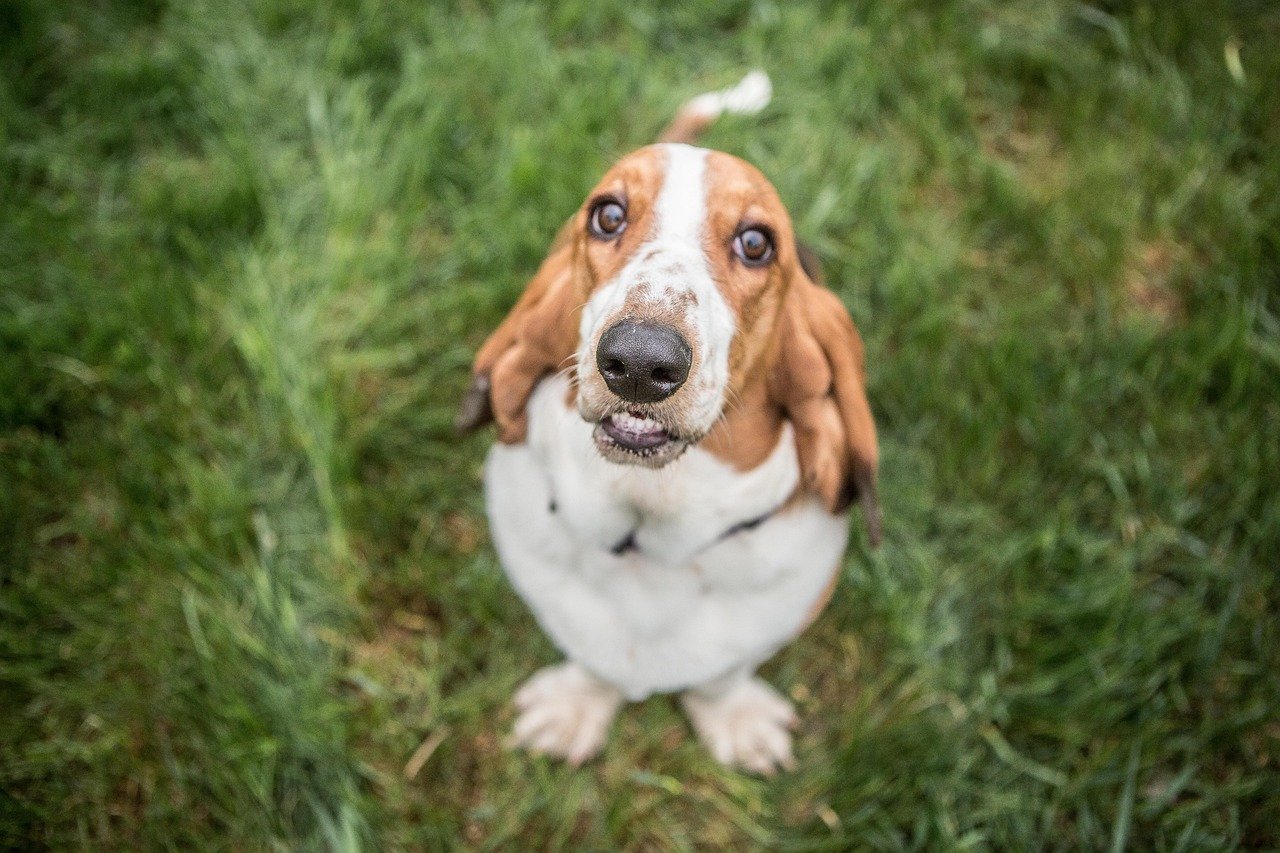
As a hound, though, Basset often has lots of things to say, from baying and howling to whining and yelping. Because of their large size, exercise needs, and tendency to vocalize, this breed is also not suitable for apartment living. Their mournful expressions might suggest contemplative silence, but their vocal cords tell a completely different story.
But as such, the Basset has a booming, deep voice: originally it helped them alarm the hunters and alert them of the prey. The sound this breed makes is closer to a howl than a yappy bark, but the breed is still known for being fairly noisy. Basset Hounds are trained to howl when they quarry their prey and they may exhibit this habit frequently at home. Their deep, resonant howls can shake windows and probably register on seismic equipment. It’s like living with a canine fog horn that activates at random intervals.
Jack Russell Terriers – Small Bodies, Enormous Voices
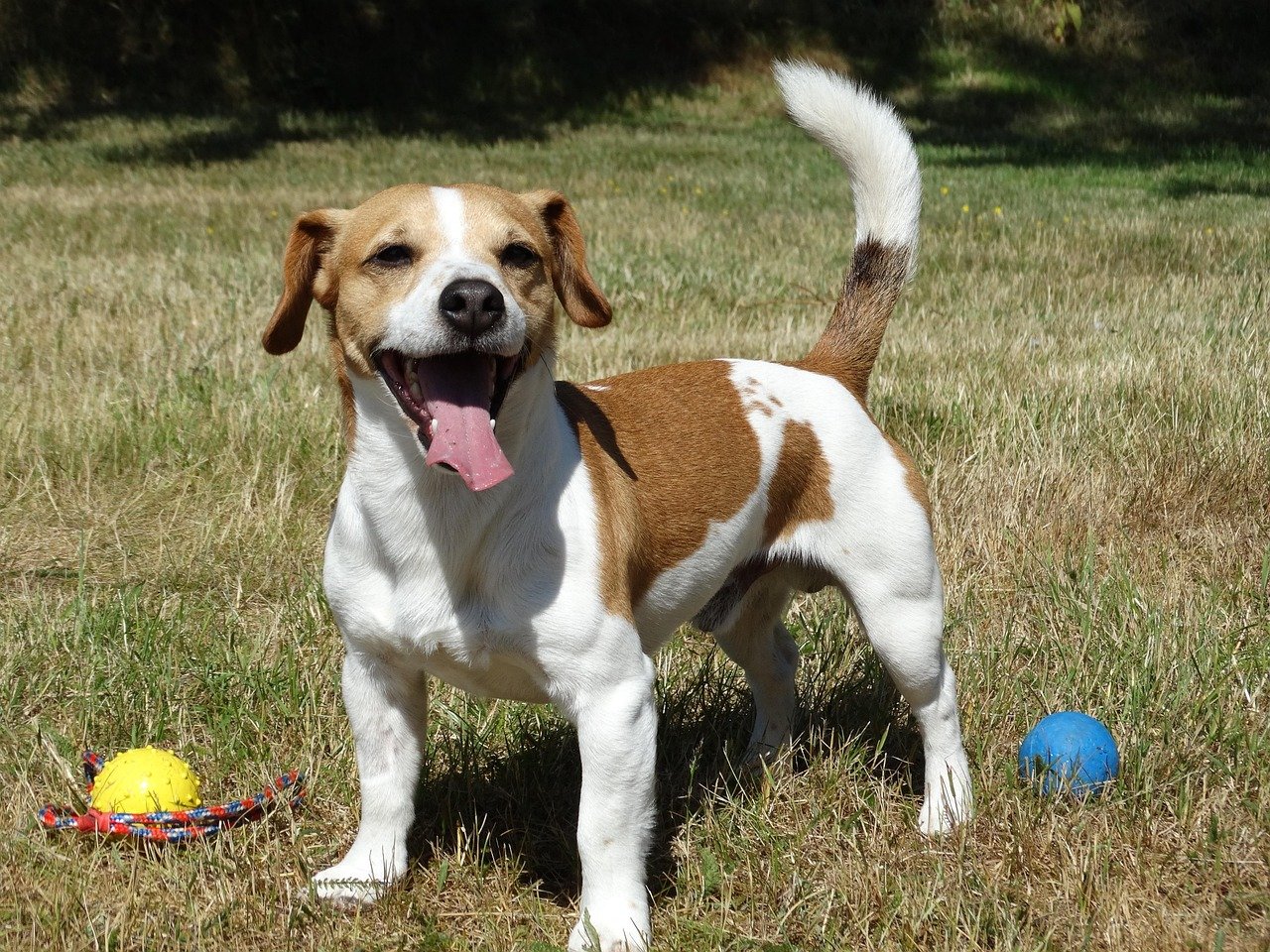
Why They’re Vocal: Jack Russells are small but pack a big personality, often barking to express excitement or get attention. They were bred for hunting, which means they are highly energetic and vocal. Without proper stimulation, they can get into the habit of barking at literally everything that exists in their universe, which is apparently quite extensive.
This breed is known for its energy and lively personality – it is also known for being one of the yappiest small-breed dogs. Jack Russell Terriers require a good deal of training to handle their energy and spirit but they can be a fun breed to own. These pocket rockets have enough energy to power a small city and the vocal capacity to announce it to everyone within hearing distance. Their enthusiasm for life unfortunately includes enthusiasm for making sure everyone knows they’re alive and having opinions about it.
Border Collies – The Intellectual Barkers
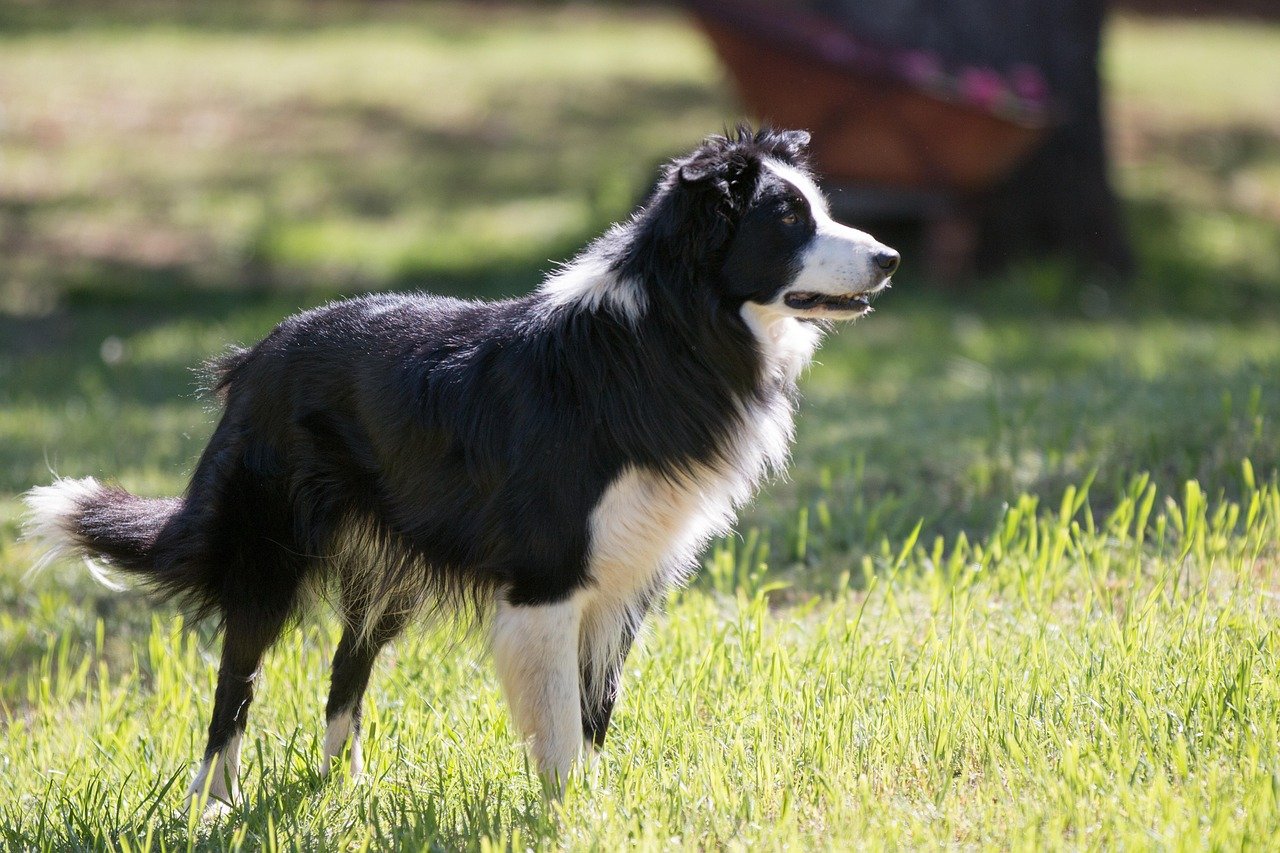
Why They’re Vocal: Border Collies are one of the most intelligent dog breeds, bred to herd livestock using vocal commands and barks. Their high intelligence and need for mental stimulation can result in frequent vocalization, especially if they’re not getting enough exercise. Their genius-level IQ comes with a side effect – they have too many thoughts and feel compelled to share every single one.
As herding dogs, Border Collies are naturally vocal and highly intelligent, thriving with plenty of activity and mental challenges. Without sufficient exercise, enrichment, and attention, these dogs will bark, growl, whine, yelp, or howl to communicate how they’re feeling. They may also resort to destructive behaviors or excessive vocalizations if left alone for too long. Think of them as professors who never learned that not every thought needs to be spoken aloud. Their lectures on daily life can be quite comprehensive and utterly exhausting.
Maltese – Elegant Yappers in Disguise
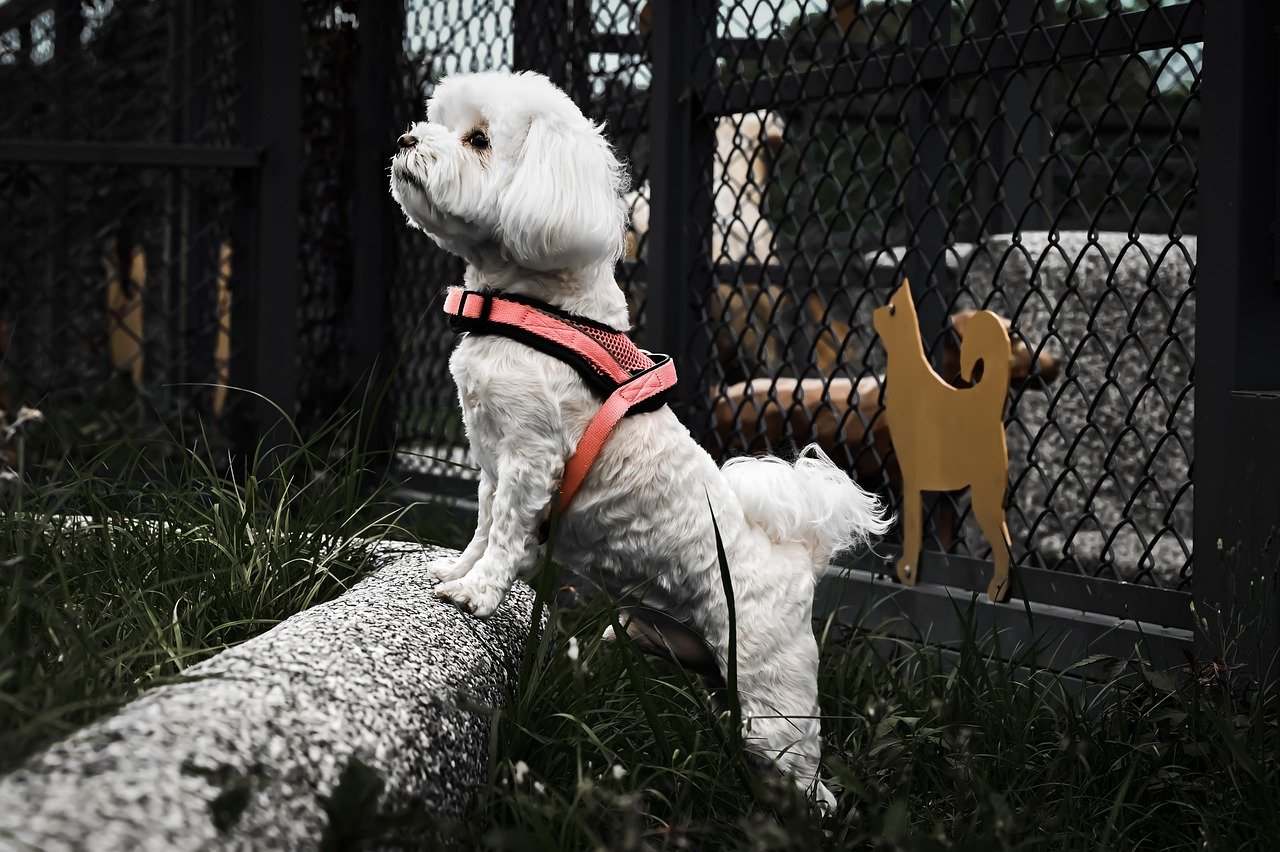
The Maltese is a small, elegant breed, often prized for its luxurious white coat and gentle, affectionate nature. Lorna Ladd, a top-rated pet sitter in Southern CA recalls Benny, a Maltese whose spirited barking belied his delicate appearance. “Despite their aristocratic bearing, Maltese are quite spirited and can be very vocal, especially when alerting their owners to strangers or unusual noises,”
Their flowing white coats and regal bearing suggest a refined, quiet companion, but underneath that elegant exterior beats the heart of a tiny tyrant who believes their voice should be heard on all matters. These silky-haired socialites have mastered the art of looking innocent while producing sounds that could wake the dead. Their delicate appearance is nature’s way of ensuring they get away with being absolute vocal terrorists in the most charming way possible.
Conclusion
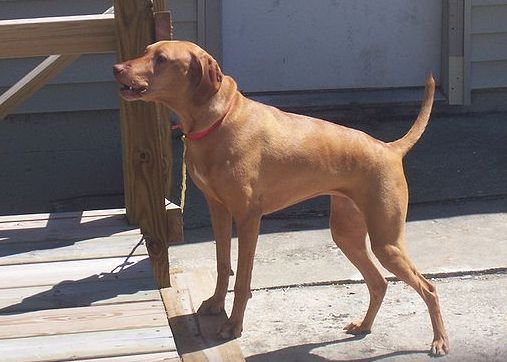
Living with these vocal virtuosos requires patience, understanding, and possibly some good earplugs. While their endless chatter might test your sanity, remember that each bark, howl, and yip comes from centuries of breeding for specific purposes. These dogs aren’t trying to drive you crazy – they’re just doing what their DNA tells them to do, which happens to be very, very loud.
Training can help manage excessive barking, but completely silencing these breeds would be like asking a fish not to swim. The key is channeling their vocal energy appropriately and accepting that life with these chatty companions will never be quiet, but it will certainly never be boring. After all, who needs a doorbell when you have a dog that announces everything from delivery trucks to falling leaves?
Did you expect that even the smallest dogs could have the biggest voices?

Andrew Alpin from India is the Brand Manager of Doggo digest. Andrew is an experienced content specialist and social media manager with a passion for writing. His forte includes health and wellness, Travel, Animals, and Nature. A nature nomad, Andrew is obsessed with mountains and loves high-altitude trekking. He has been on several Himalayan treks in India including the Everest Base Camp in Nepal.

